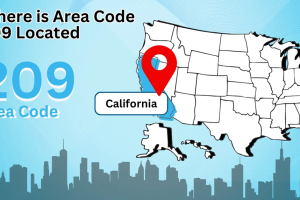Content Attributes
In-store payment terminal is an easy and secure form of accepting credit (and debit) card payments for small businesses. They can also provide the most reasonable payment processing rates, which directly impacts a company’s bottomline.
But which type of payment terminal is right for your business? They come with a variety of features from bare bones payment processing to full-blown point of sale capabilities that allow you to run and manage your business. An established, trustworthy payment processing company can walk your business through choosing the best hardware solution for you.
Universal or Proprietary
A key factor to be aware of when first researching credit card terminals is that they fall into two categories:
- Universal devices. These terminals work with any merchant account provider and can be reprogrammed if you work with a different provider in the future.
- Proprietary devices. These terminals only work with certain providers.
A good merchant account provider will be transparent with their clients about the compatibility of the devices they offer.
Which Technologies Do We Really Need?
At the very least, the terminal(s) you choose should support both magnetic stripe and EMV (embedded chip) payment methods.
Near field communication (NFC) is a contactless payment system that is fast becoming a widely accepted method of payment processing. NFC allows smartphones and other smart devices to exchange data wirelessly when close to the terminal through mobile wallets such as Google Play, Android Pay, or Apple Pay.
Online payment capability is key not only for remote sales, but also for some in-store transactions.
Which Payment Terminal Does My Business Need?
Small businesses can choose from a multitude of terminal types, sizes, and manufacturers, including big names like Clover, First Data, and MicroSale. A downside of so many options is that the selection process can become daunting. Prices vary widely, and each has its own features and functionalities. Be sure to work with a payment processing vendor that will walk you through the various options. Below are some criteria to consider.
Traditional credit card terminals. All terminals need to connect to the Internet in order to process a payment transaction. “Traditional” terminals can come in a variety of sizes, but all connect through a wired connection, such as Ethernet or a phone line.
Wireless credit card terminals. Many payment terminal transmit payment data through a Bluetooth, WiFi, or cellular data connection. A strong, reliable Internet signal is a must for this type of device.
Which size/type is right for you? Payment terminals come in a variety of shapes and sizes, from traditional larger countertop terminals, to more compact countertop terminals, or even handheld devices.
Selecting the size or type device you need will depend on a number of factors and desired features. Mobility may be key for some small businesses. Allowing customers the ability to read a QR code and order from their table may be perfect for a restaurant. A business should always choose terminals that are both reliable and can withstand a great deal of wear and tear.
Summary
Regardless of the technology a business uses, your in-store payment terminal should offer the best possible customer experience to increase revenue and build customer loyalty.



